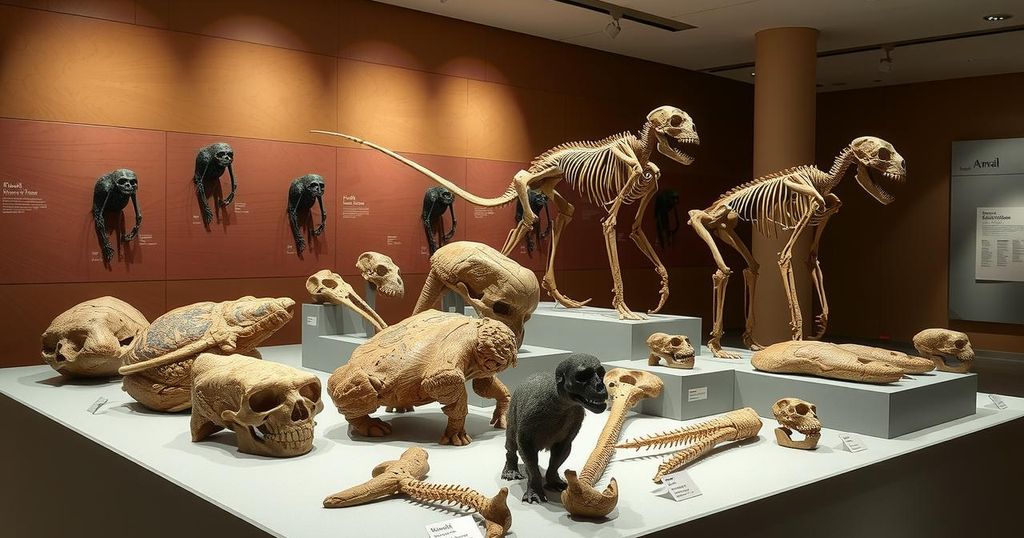AI’s Research Blunder: Unraveling the Impact of a Single Mistake on Academia
An AI mistranslation led to the bizarre term “vegetative electron microscopy,” causing confusion across multiple published studies. This incident highlights issues of flawed research, inadequate peer review, and the potential dangers of AI in academia. Responses from the academic community depict a divided stance on AI’s involvement in research.
In a sensational manifestation of how artificial intelligence can misfire, a peculiar term, “vegetative electron microscopy,” emerged from an AI’s mistranslation of an established phrase. This oddity was first identified by a Russian chemist on PubPier and traced back to a 1959 scientific paper’s incorrect AI interpretation. The term stemmed from a legitimate concept—”electron microscopy of vegetative structures”—but the AI’s misunderstanding led to confusion across nearly two dozen studies, highlighting a failure in the peer review process.
The ensuing situation emphasizes the alarming scale of flawed research proliferating in academia, with some pointing fingers at so-called “paper mills,” which churn out unverified articles for profit. As observed in a viral video discussing the incident, this case serves as a stark reminder that the unchecked integration of AI in research may worsen the existing replication crisis, wherein numerous scientific findings fail to be reliably reproduced.
Responses from the academic community vary dramatically. On one hand, some attribute the blunder to peer reviewers, who often lack the expertise to spot dubious terms outside their field. Conversely, others strongly advocate a ban on AI in research, calling it merely a language model, devoid of true intelligence. Mixed commentary, spiced with humor, also emerged, balancing the serious concerns with levity amidst the chaos.
The pivotal question remains: can AI truly be trusted in the realm of research? If peer review, intended to safeguard scientific integrity, fails to catch AI-generated errors, it leads to worries about inaccuracies slipping through unnoticed. The scientific community must navigate these waters carefully, aiming to harness AI’s advantages while preserving essential human critical thinking to foster genuine discoveries in research.
The mishap surrounding the AI-generated term illustrates both the perils of misapplication in academic research and the pressing need to scrutinize the role AI plays in scholarly practices. With the potential for widespread errors, it’s crucial for researchers to maintain a vigilant, balanced approach, fostering innovation while honoring the critical thinking that underpins all scientific exploration.
Original Source: m.economictimes.com




Post Comment